-
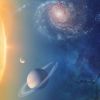 +17 0
+17 0The Solar System and Beyond is Awash in Water
Next time you sip a humble glass of H2O, consider this: The story of water connects each of us to processes that shape our universe.
-
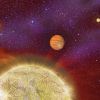 +17 +1
+17 +1One planet, four stars: the second known case of a planet in a quadruple star system
Researchers wanting to know more about the influences of multiple stars on exoplanets have come up with a new case study: a planet in a four-star system.
-
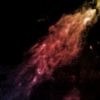 +18 0
+18 0Giant hydrogen cloud headed for Milky Way
A high-speed hydrogen cloud on a crash course with the Milky Way appears to be an exotic interloper, preliminary data suggest.
-
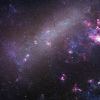 +13 +1
+13 +1Mismatched twin stars spotted in the delivery room | Astronomy.com
In a quest to find mismatched star pairs, astronomers have discovered a new class of binary stars — one star is fully formed while the other is still in its infancy.
-
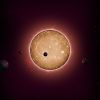 +13 +1
+13 +1Astronomers Discover Ancient Terrestrial Exoplanets Around Neighboring Star
Artist's concept of the recently discovered tightly packed and ancient exoplanetary system named Kepler-444.
-
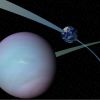 +16 +2
+16 +2Earth's Moon May Not Be Critical to Life
The Moon has long been viewed as a crucial component in creating an environment suitable for the evolution of complex life on Earth,
-
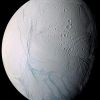 +19 +2
+19 +2The strangest moon in the Solar System
Saturn’s Iapetus looks like nothing else we’ve ever seen. What made it so?
-
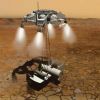 +14 +2
+14 +2How Can We Protect Mars From Earth microbes, While Searching For Life?
How do we keep a firewall between the planets to ensure microbes don’t cause havoc on Earth or Mars?
-
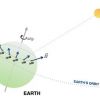 +15 +2
+15 +2Quantum computer as detector shows space is not squeezed
UC Berkeley physicists used partially entangled atoms identical to the qubits in a quantum computer to demonstrate more precisely than ever before - to one part in a billion billion - that space is uniform in all directions and not squeezed.
-
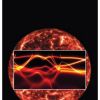 +20 +2
+20 +2Missing link in metal physics explains Earth's magnetic field
Earth's magnetic field is crucial for our existence, as it shields the life on our planet's surface from deadly cosmic rays. It is generated by turbulent motions of liquid iron in Earth's core. Iron is a metal, which means it can easily conduct a flow of electrons that makes up an electric current. ...
-
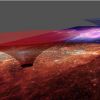 +15 +2
+15 +2The Entire Milky Way Might Be a Huge Wormhole That's Stable and Navigable
Our very own Milky Way could be home to a giant tunnel in space time. At least, that's what the authors of a new study have proposed.
-
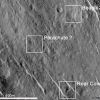 +18 +2
+18 +2Lost Beagle2 probe found on Mars
The missing Mars robot Beagle2 has been found on the surface of the Red Planet, apparently intact.
-
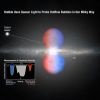 +8 +2
+8 +2Hubble Discovers That Milky Way Core Drives Wind at 2 Million Miles Per Hour
At a time when our earliest human ancestors mastered walking upright the heart of our Milky Way galaxy underwent a titanic eruption, driving gases and other material outward at 2 million miles per hour.
-
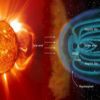 +17 +2
+17 +2Study reveals the origin of high-latitude auroras
University of Leicester research helps solve space mystery of amazing high latitude auroras
-
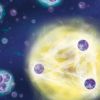 +19 +2
+19 +2Physicists Prove Surprising Rule of Threes
Three groups of experimentalists have independently observed a strange state of matter that forms from three particles of any type and at any scale.
-
 +3 +2
+3 +2NuSTAR telescope shows the sun blasting out X-rays
Pop quiz, hotshot: What do you get when you heat gas above 3 million degrees Celsius? High-energy X-rays.
-
 +15 +2
+15 +2Kepler reborn, makes first exoplanet find of new mission.
NASA's planet-hunting Kepler spacecraft makes a comeback with the discovery of the first exoplanet found using its new mission -- K2.
-
 +16 +2
+16 +2From warp drives to holodecks, Seven Star Trek technologies scientists are working on
Researchers are slowly inching their way towards even the most extreme technology of science fiction.
-
 +22 +2
+22 +2Quantum physics just got less complicated
Here's a nice surprise: quantum physics is less complicated than we thought.
-
 +19 +2
+19 +2Medieval City's Underground Ruins Discovered in England
A team of archaeologists uncovered the layout of a medieval city in southern England using high-tech survey equipment.
Submit a link
Start a discussion




















